The Temple of Apollo, one of the most significant structures at Delphi, housed the Oracle of Delphi. The first temple dates to the 7th century BCE, with the final reconstruction built around 330 BCE, leaving behind iconic ruins and column remnants.
What to see at the Delphi archaeological site
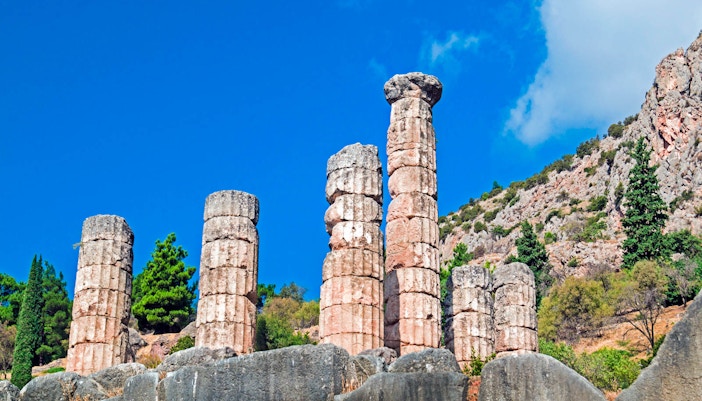
The Temple of Apollo
The Temple of Apollo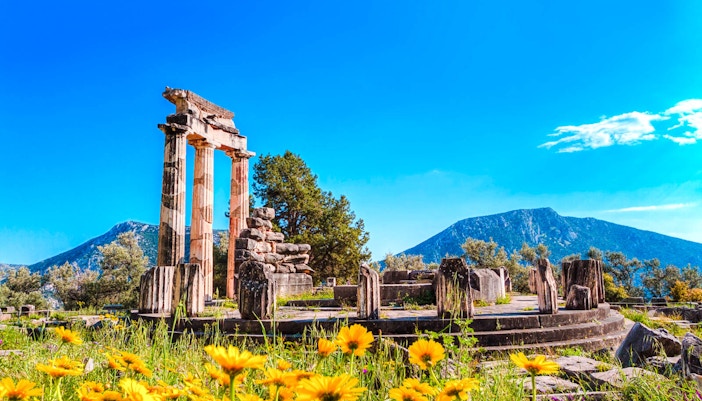
Sanctuary of Athena Pronaia
Sanctuary of Athena Pronaia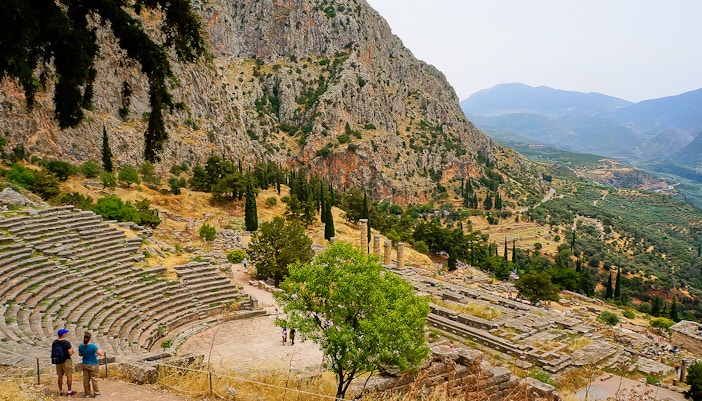
Theater of Delphi
Theater of Delphi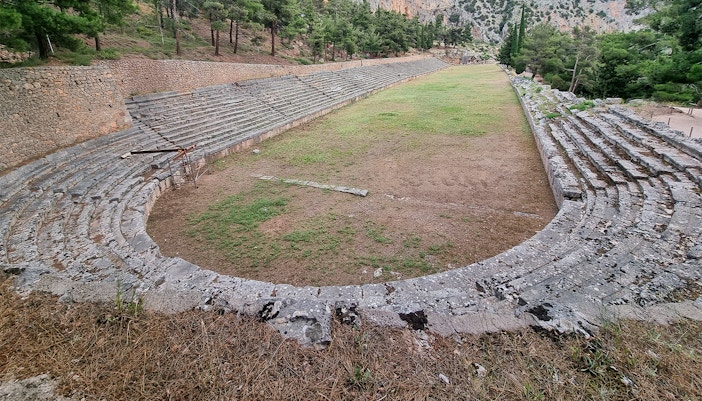
Ancient Stadium
Ancient Stadium of Delphi
Delphi Archaeological Museum
Delphi Archaeological Museum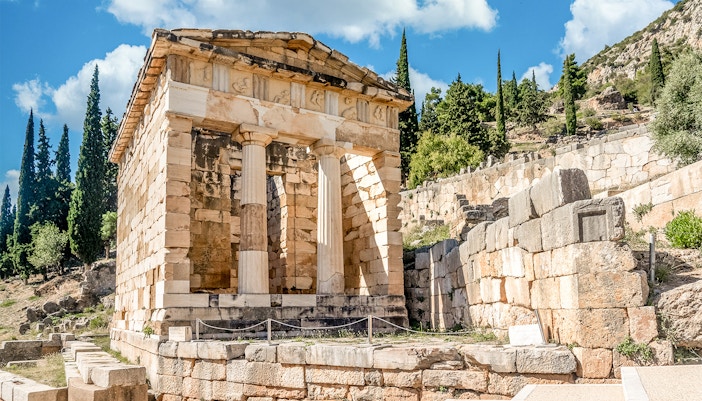


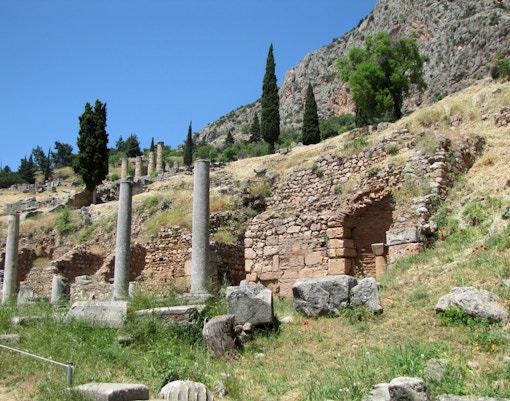
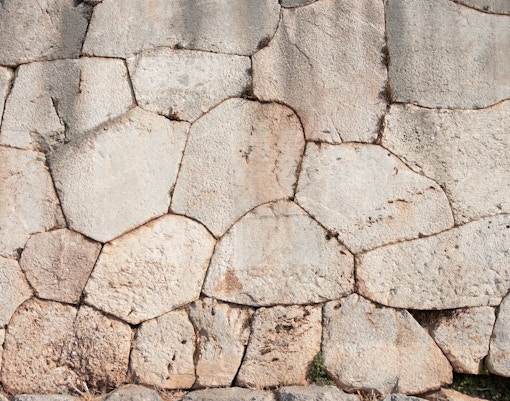
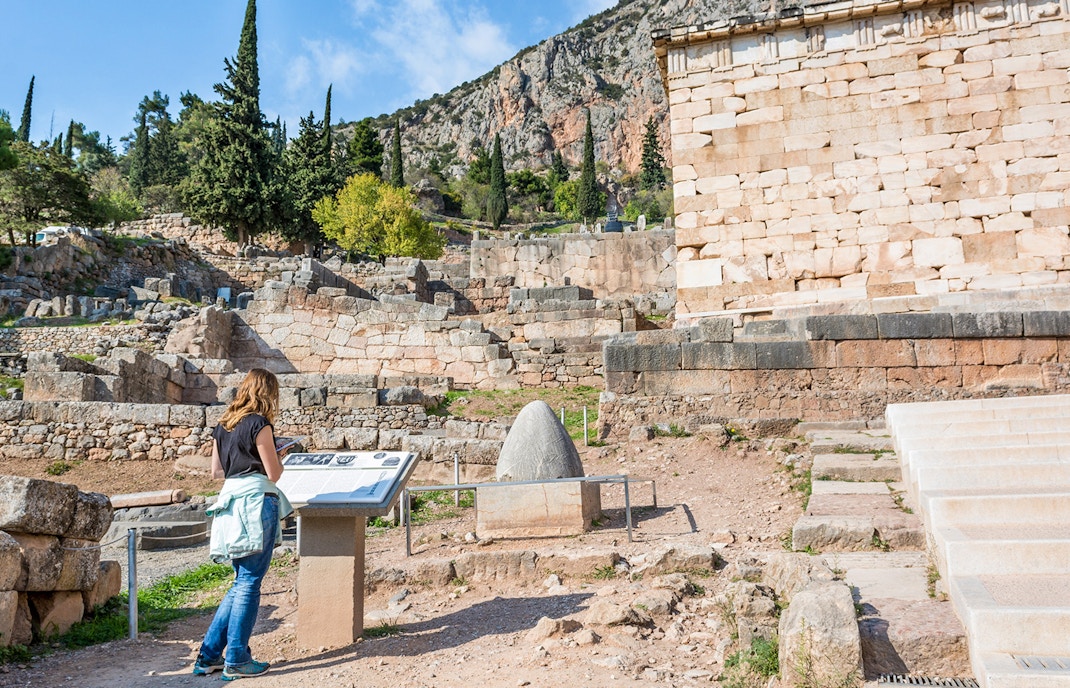
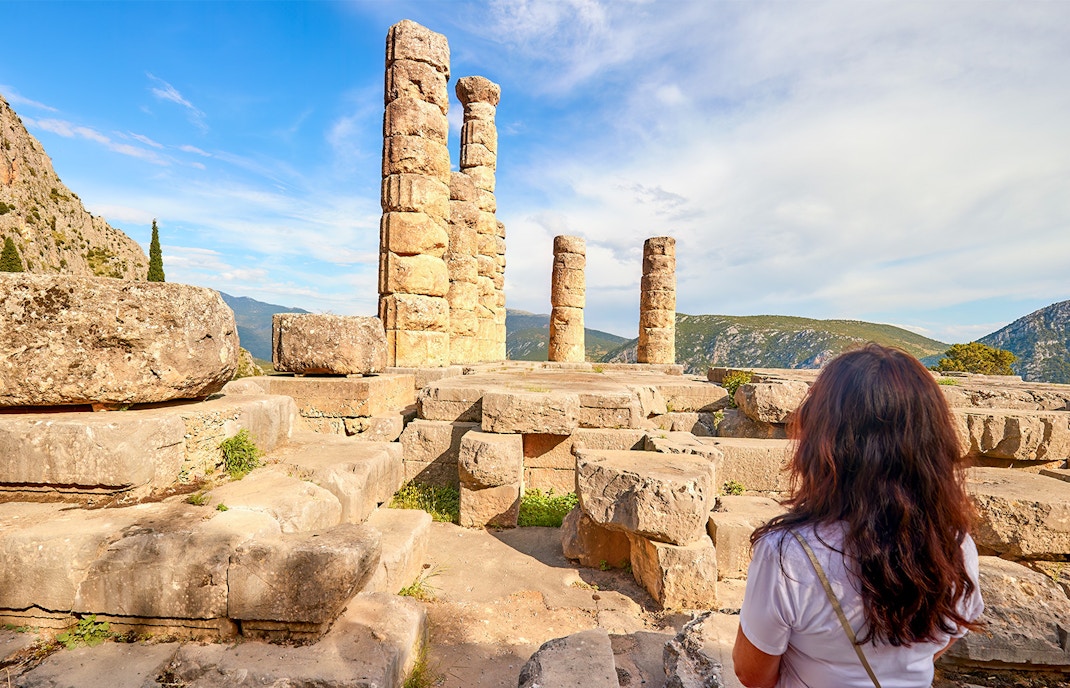
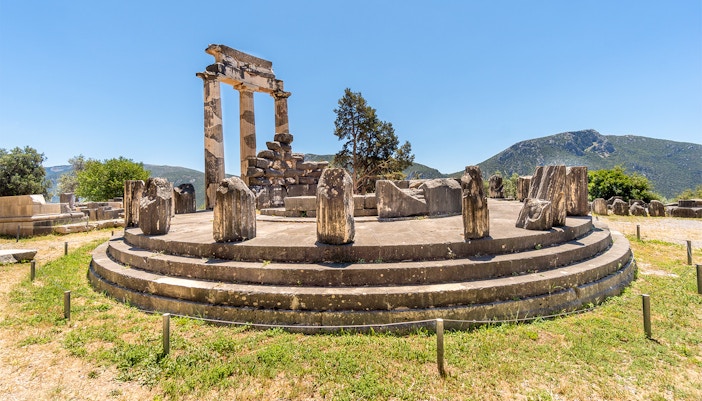
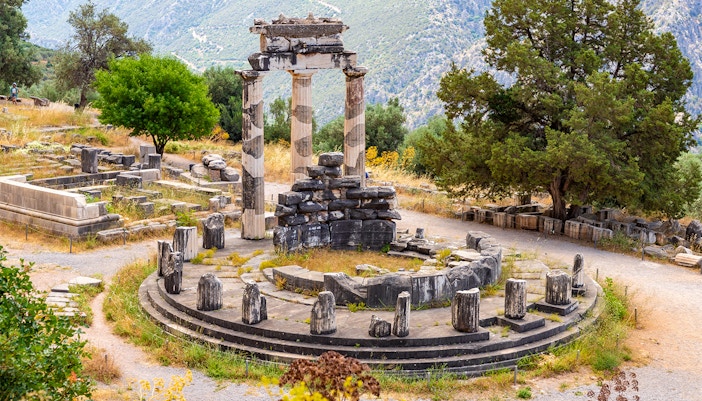



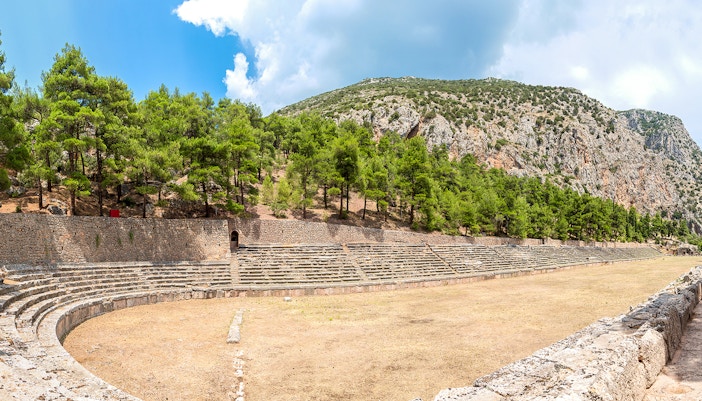

.svg?auto=format&w=156&h=48&q=90&crop=faces&fit=crop)